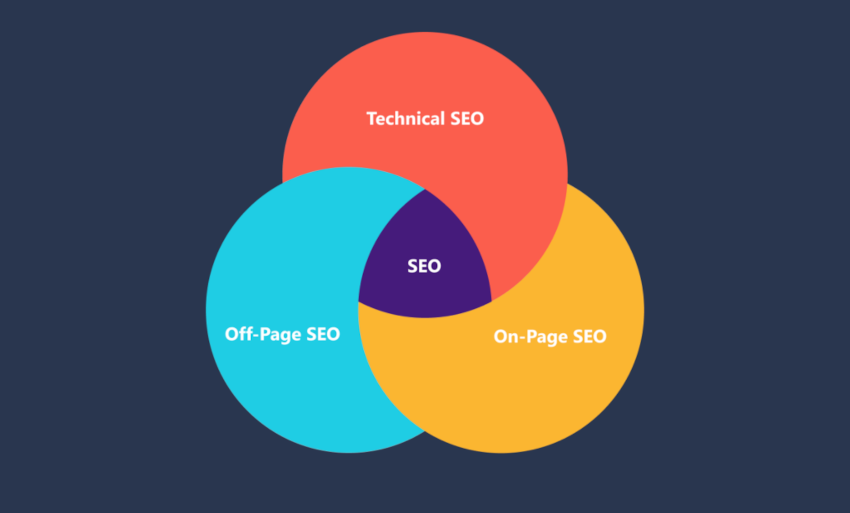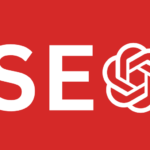
The Key Components of SEO
Content: In SEO, content serves as the vehicle for information. It provides information to the target audience, fosters engagement, and demonstrates the depth of expertise (of the webmaster, the company, the publisher, etc.). Website content should be interesting, useful, relevant, and of high quality. It must educate the audience, address their essential needs, and offer value. In today’s digital landscape, content is considered the cornerstone of search engine recommendations, hence the saying «content is king».
Keywords: The selection of terms to be integrated into the page being optimized dates back to the origins of the discipline. While the importance of keywords has not diminished over time, their role has evolved. Rather than merely inserting many keywords into the content to be optimized, nowadays it’s essential to choose the right phrases to work with, consider user intent, and, most importantly, place them within high-quality and relevant content.
On-Page Criteria: Many SEO ranking factors concern the website to be optimized. These factors are primarily technical criteria related to the site’s structure, including its hierarchy, navigation, and methods of information retrieval, all designed to streamline the work of crawling and indexing by search engine robots.
Off-Page Criteria: Some ranking factors are influenced outside the website, known as “off-page SEO criteria. Among them, backlinking (a strategy aimed at obtaining inbound links from authoritative domain sites) has maintained its significance through successive algorithm updates. Consequently, a page receiving links from influential sites continues to enjoy greater popularity.
Authority: To achieve a high position in search results and to gain the trust of users, a website must have some level of authority-a combination of reliability, quality, relevance, and added value. Given the importance of this criterion to users, who seek assurances when browsing a website, sharing personal data, and conducting transactions, it’s unsurprising that search engines prioritize it.
Local SEO: The local aspect of SEO has gained prominence in recent years as more users turn to search engines for information about local businesses, artisans, and companies near their location. Approximately half of all search queries now include a local intent, whether it’s for checking a store’s opening hours, finding information about upcoming events, or finding products/ services in a specific geographic area.
Traffic: One of the significant benefits of SEO is the increase in website visitors. The volume of traffic is linked to the organic link position in search results, with the top positions generating the most clicks. However, SEO has evolved to consider more than just the traffic generated. It also looks at the subsequent steps after users arrive on the site: user experience and conversion. This has given rise to the field of Search experience Optimization (SXO), which encompasses these three dimensions SEO, user experience, and conversion-to deploy highly effective marketing strategies.
User Experience: Users perceive a website as a cohesive whole and don’t differentiate between content quality and technical performance. They expect a seamless and smooth experience from start to finish during their browsing session. Search engines acknowledge these user expectations regarding page load speed, usability, and content display on mobile devices.



